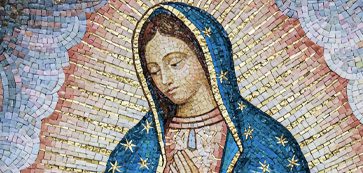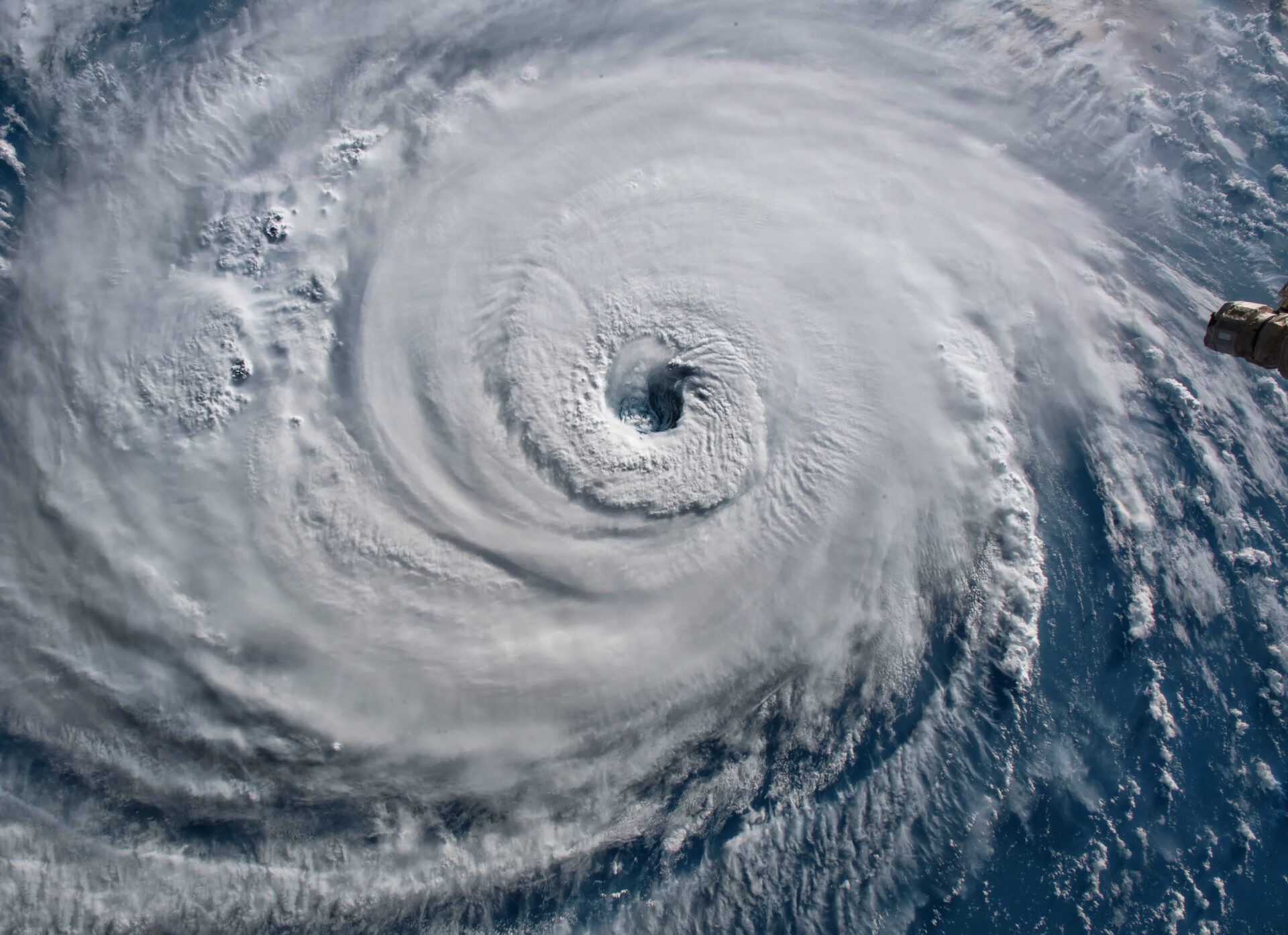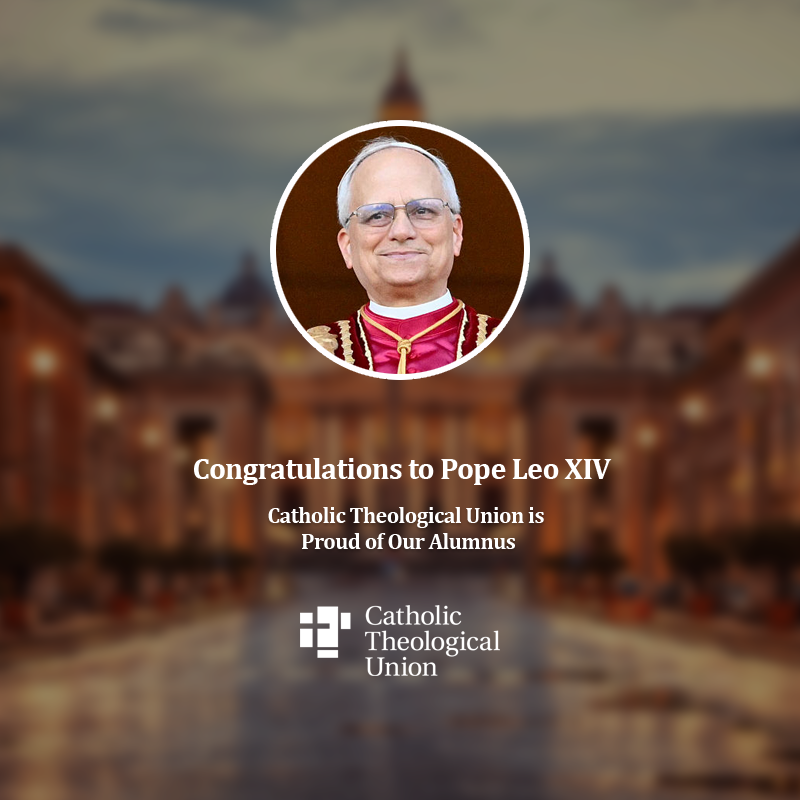Possible Preaching Themes
Possible Scientific Resources
- The power of fire for refining elements and renewing the land (from the first reading);
- Living in the eye of a storm, in the midst of human and natural destruction (from the Gospel).
- The Power of Fire
- The story of humans discovering the transformative power of fire https://royalsocietypublishing.org/doi/10.1098/rstb.2015.0164
- Fire’s refining power in metallurgy https://www.britannica.com/science/metallurgy
- Understanding fire’s impact on our lives and our world: an historical perspective https://academic.oup.com/bioscience/article/59/7/593/334816
- Fire and our environment https://www.fs.usda.gov/pnw/page/fire-effects-environment
- The nature and impact of Hurricanes
- The science and art of meteorology https://education.nationalgeographic.org/resource/science-art-meteorology
- The impact of climate change on hurricanes https://www.c2es.org/content/hurricanes-and-climate-change/
- Understanding the structure of hurricanes http://www.hurricanescience.org/science/science/hurricanestructure/
- The positive and negative effects of hurricanes https://environmentgo.com/effects-of-hurricanes/
Homily Outline Combining Resources
Homily outline: Hurricanes and the reign of God
- Situating ourselves in the liturgical year
- The liturgical year is an annual cycle of seasons and feasts.
- It technically begins on the first week of Advent and ends with the Solemnity of Christ the King.
- This Sunday we are close to the ending and beginning of a new year.
- Already the liturgy and its lectionary texts are colored with notions of endings, something we do not have to wait for until next week.
- Moreover, this “ending-beginning” lens does not evaporate after the feast of Christ the King.
- To the contrary, images of endings and beginnings will carry over into the First Sunday of Advent.
- This lack of a clear demarcation between the end of the liturgical year and the beginning of another is symbolic of our own life journey, continuously marked with endings and beginnings.
- A scary Gospel
- In today’s gospel Jesus predicts the destruction of the Jewish Temple with graphic language: “there will not be left a stone upon another stone that will not be thrown down.”
- Beyond the demolition of that beloved sanctuary, Jesus announces widespread unrest and turmoil,
- nations rising against nations
- even the created world wreaking havoc with earthquakes and famine.
Is Jesus just a prophet of doom, is he trying to scare his disciples into believing, or is there some other revelation here?
- Luke’s gospel was written long after the predicted destruction of the Temple occurred at the hands of the Romans in 70 AD.
- This key historical fact helps us understand that this passage is not a prediction of what is to come,
- as much as a reflection on the loss and challenges, destruction, and death that punctuate the lives of every believer.
- Such unsettling imagery is employed for its shock effect: jolting believers into reckoning with God’s reign breaking forth all around us.
- Living in the midst of hurricanes
- While we might hear news about famines or plagues in other parts of the world, these are not our everyday experience.
- The Gospel image of earthquakes might be closer to home, but major earthquakes in the continental U.S. are few and far between; the last was in Northridge California in 1994.
- Hurricanes, however, are a growing threat to major US population centers.
- The effects of hurricanes such as Katrina (2005), Sandy (202) and Harvey (2017) are still being felt;
- the impact of hurricane Ian (2022) will last for decades.
Because they are so powerful, and can cause such destruction and loss of life
- they are a focus of much scientific study.
- Meteorologists observe and track hurricanes from their genesis to their dissipation.They read sea temperatures, wind velocity and other factors to predict their paths.
A hurricane alert system, first created by William Reid, has been in place since 1847 saving thousands of lives and prompting more rigorous standards for construction in hurricane zones.
- People are more prepared. Constructions are stronger, people have time to evacuate, find safety and shelter.
- More recently, the growing intensity and destructive power of hurricanes serves as a broader warning against climate change, and the need to be responsible stewards of creation.
- The hurricanes of our shared and personal lives
- While we all don’t live in hurricane zones, we understand the challenging and destructive winds of change that blow through our society and our lives.
- Sometimes we experience calm – like the eye of a hurricane – but that calm is not insured.
- Today’s liturgy calls us to be attentive to these challenges, but is not a summons to anxiety or fear.
- On the contrary, Jesus presents himself as a sign of hope; he is the calm in the eye of the story:
- providing wisdom in the face of judgment
- love in the face of hatred
- perseverance in the face of persecution
- and protection in the face of adversity.
- Jesus is our bedrock of hope, no matter what is ending and beginning in our lives,
- something that must be cultivated and revealed in his body, the church.
- We are a community of “spiritual meteorologists”:
- assisting sisters and brothers to monitor the storms in their lives
- providing shelter when that is necessary
- pitching in to help rebuild when the inevitability of loss occurs
- and acknowledging the breaking through of God’s reign in the joys and sorrows of our sometimes-turbulent existence.
- Our faith does not promise a life of calm in the hurricane’s eye
- But offers every hope that in mutual care and support we can weather any storm.
Related Homily Outlines
Couldn’t find what you’re looking for?
Try searching with another filter

Preaching with Sciences

Edward Foley, Capuchin
Duns Scotus Professor Emeritus of Spirituality
Professor of Liturgy and Music (retired)
Catholic Theological Union
Vice-Postulator, Cause of Blessed Solanus





